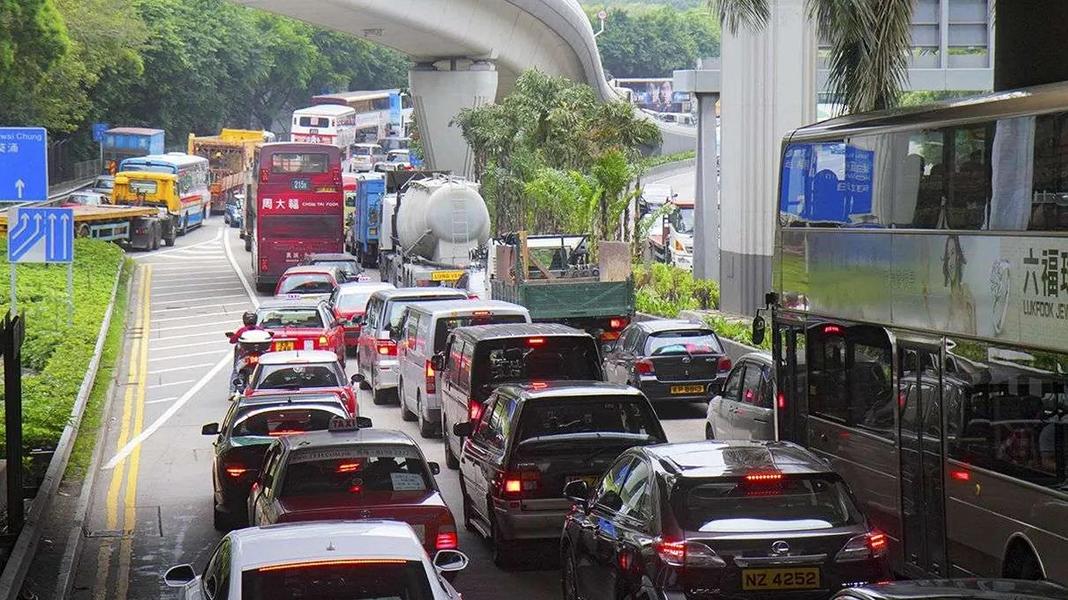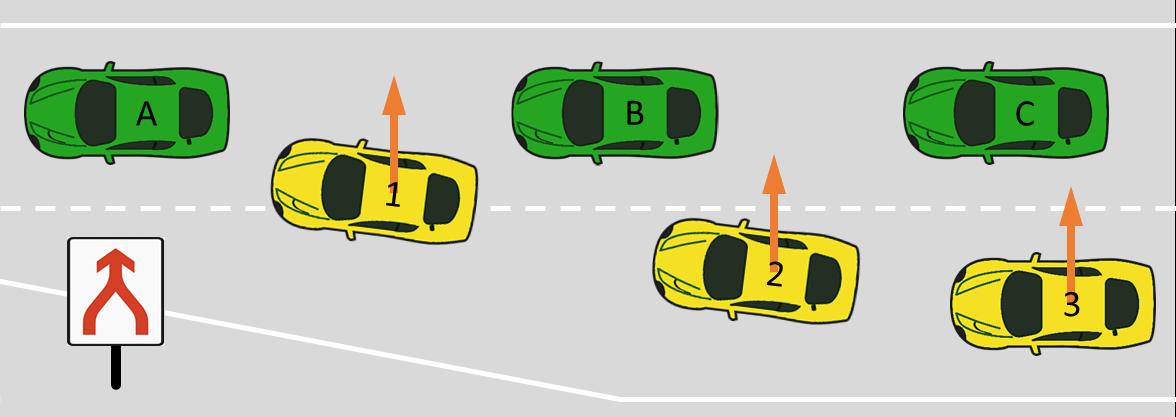Often you have to rely on that on the streets Zipper process set and now the question is how exactly does that work. Motorists must be aware of the zip fastener method get caught in each other - of course without damage to the sheet metal - and allow the man in front to change lanes. According to the Road Traffic Regulations (StVO), the zip fastener method applies when a road with many lanes in one direction ends or is not continuously passable. Similar to the real zipper, it also works on the streets. The vehicles that are prevented from continuing because the lane is coming to an end, put the turn signal and wait for someone to let them switch sides. This is where those involved have to concentrate in order to avoid an accident. It is important to the other To leave space, not to block and consideration to take on the other. Anyone who does not want to adhere to the regulation has violated the duty of care and can even be liable.
Problems with the zipper process
Some want viel zu fruh Change lanes, some even want the others in the first place don't let in. An early change is true not forbidden, but makes little sense. Too much space is wasted and, in the worst case, an unnecessary backlog occurs. According to the road traffic regulations you should only at the end of the road Change sides and then it is important that the other road users play along and give way. In the event of an accident, the person who violated the duty of care must pay the costs. The preferred lane changer has an increased duty of care. If a crash occurs, it is usually liable mostly. Incidentally, you are not allowed to change lanes force nor him block. If blockers violate the duty of care, both parties involved can each be held 50% liable.
Where does the zipper procedure not apply?
If you select drives onto the motorway, the zipper method applies not, because the riders have to be careful when changing lanes. Only if the gaps are big enough can you change lanes, and that too just look over the shoulder. Vehicles already on the motorway have right of way, even in traffic jams. The zipper process in this case is just a friendly gesture, but not an obligation.
Of course, that wasn't the end of it.
tuningblog.eu has a lot of other articles on the subject of auto & tuning in stock. Do you want to see them all? Just click HERE and look around. But also planned changes in the law, violations in road traffic, current regulations in the field of STVO or on the subject inspection we would like to inform you regularly. Everything you can find in the category "Test sites, laws, offenses, information". Following an excerpt of the last information:
|
Info: The mask requirement in the first aid kit comes in 2022! |
"Tuningblog.eu" - we keep you up to date on the subject of car tuning and car styling with our tuning magazine and we present you the latest tuned vehicles from all over the world every day. It's best to subscribe to ours Feed and will automatically be informed as soon as there is something new about this post, and of course also to all other contributions.
 tuningblog.eu Your magazine about tuning the car
tuningblog.eu Your magazine about tuning the car




